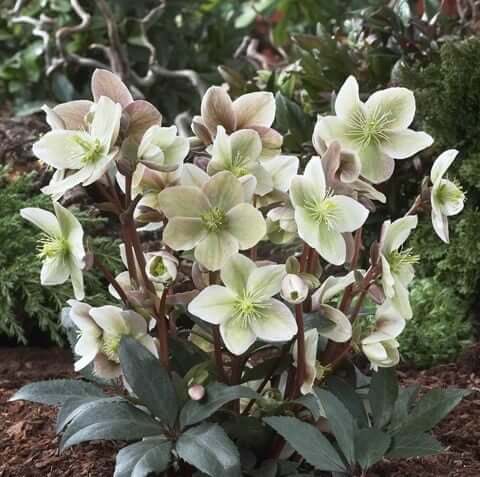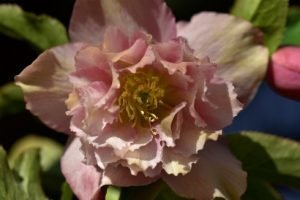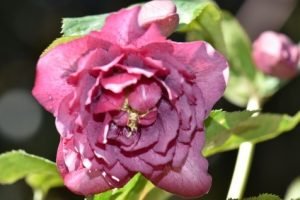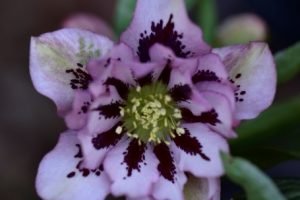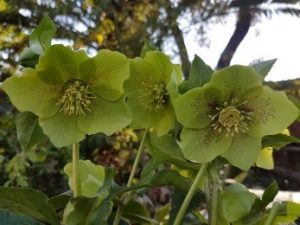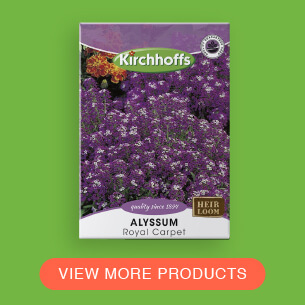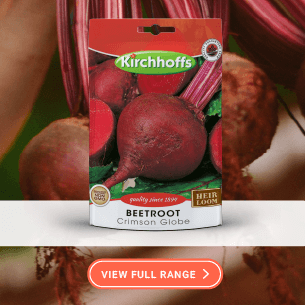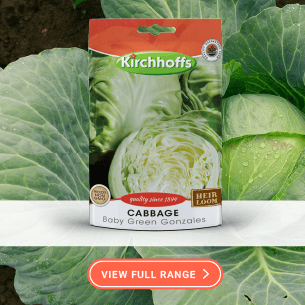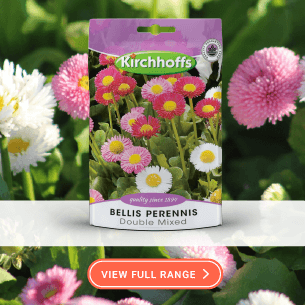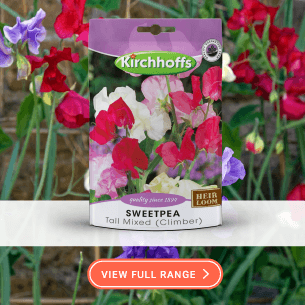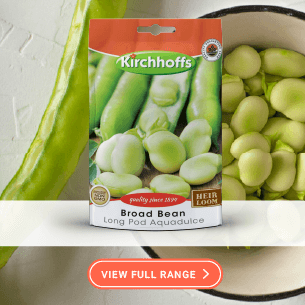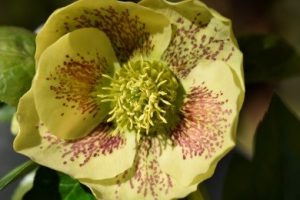
Hellebores are winter-flowering and with beautiful variations of fancy frills, exotic speckles, stripes, spots, delicately veined petals and colours, are quite irresistible.
Horticultural classification and origin of Hellebores
Hellebore (Orientalis) hybrids are also known as the “Lenten Rose” or “Christmas Rose” (although it is not a rose at all). These are the common names from its genus name (Helleborus), member of the Ranunculaceae or Buttercup family. There are 15 species of Helleborus, and they are herbaceous perennials. In this article I will focus on the most commonly seen in gardens, Helleborus hybrids, which are a large group of cultivars and seed strains derived from the Hellebore orientalise, crossed with any of the species in the same botanical group.
Hellebores are primarily European natives, growing in open meadows in Bosnia, Croatia, Slovenia, Southern Russia Turkey, Greece, Italy, Poland the Balkans and many more.
Why grow Hellebores?
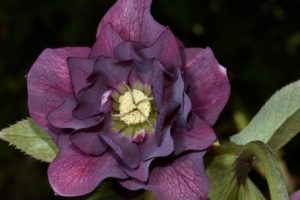
Hellebore plants add great value to a garden in that they are often described as the queen of winter flowers. They are nature’s gift to gardeners in the depth of winter, providing strong, sculptural evergreen foliage and abundant beautiful flowers, brightening up the winter garden in late winter at a time of year when colour is very much lacking, with blooms in jewel-like colours, ranging from white, the palest pinks through the rose spectrum to the deepest plums.
Hellebores are easy to grow and very tough, possessing a strong woody rhizome. They make undemanding plants, fantastic for the modern small or container garden; evergreen and low maintenance. The handsome large evergreen foliage creates all-year-round interest, while at the same time providing good ground cover in often problem areas of the garden. In addition, they will also attract bees and butterflies to your garden!
Hellebore flowers are not brash or exotic, yet they have a subtlety that is certainly unrivalled. Hellebore flowers hang their heads shyly, gently turning up the darker back of the flower and peering into the secrets within is one of the joys every Hellebore grower knows. The magic goes on.
There are few perennials that can rival the seasonal interest of Hellebores. Be prepared to succumb to a very pleasant addiction and a new fascination in your life.
Which areas are suited to grow Hellebores?
These pillars of the winter garden are among the most sought after of garden plants by those who know them, yet they are still relatively unknown in South Africa because they often finish flowering before most folks visit garden centres in spring. They certainly deserve to be better known here for all their advantages.
Hellebores have proved their versatility over the past 25 years in South Africa, doing well in most climates except for hot, tropical areas.
Characteristics of the Hellebore plant
Hellebore plants are slow-growing but grow to between 300-400mm high in the garden, and therefore it is best to plant them about 350mm apart. Once established, Hellebore plants are drought resistant and will give you years of pleasure, thrusting up their flowers every year. Although the flowers are so delicate, these plants are really very long living and robust, and will probably outlast the garden and the gardener. They truly are an excellent return on investment!
Hellebores are evergreen, with lovely leaves and are frost and snow hardy. They flower from June to October in Gauteng and grow fairly rapidly once in the ground to about 400mm high and 500mm wide. They are long-lasting perennials and are virtually free of disease.
Hellebore FLOWERS and COLOURS
Hellebore plants flower abundantly and the flowers vary in a wide range of forms and colours. Careful breeding over the past two to three decades has greatly increased the diversity of these garden hybrids, which can now be found in a captivating range of single, double or anemone centred flowers. The colours vary from the purest glistening whites to all shades and hues of pinks, primrose yellows to claret reds to exquisite plums purples and silver-slate blacks, to apple greens and subtle, muted shades and colours that surprise us every day. Usually, the flowers have wide-open nodding flowers, beautifully spotted, picotee, speckled or veined inside with crimson and maroon, and with subtle green flushes both inside and out creating their transparent quality. The flowers are very hardy outdoors, but not a patient of warm rooms.
Since Hellebore flowers last for approximately 3 months on the plant, changing colour from their original party dress mode to more subtle shadings of greeny-mauves after pollination, they provide a long and varied period of enjoyment.
When the flowers open up and the stems are still soft, they can be picked short and floated in a bowl of water, where they could last for a week or more. Why not beat the load shedding at night and add a few floating candles to put some romance into your life?
CARING for and CULTIVATING Hellebores
- Soil:
Hellebore hybrids are some of the easiest and most rewarding of all garden plants to grow. They are not too fussy about soil and bloom in the coldest months of the year when everything else is dull, bare and dead. However, poor, dry soils, peaty soils or waterlogged conditions have to be avoided. Hellebore plants require a good well-drained loam with plenty of compost and enriched with organic matter and bone meal. They will tolerate slightly acid soils but prefer a pH of about 7. Being deep-rooted it’s best to plant them in deep well-prepared holes. A dressing of general fertiliser in autumn helps the plants to thrive during the winter growing season. Their site should be moist but never soggy. - Water:
Hellebores are renowned for their durability and tolerance of drought and neglect once a mature plant, although they truly thrive when grown in a moist, but well-drained soil. They are very sensitive to poor drainage, so be sure that the soil drains well. Be aware that Hellebores are very heavy consumers of water when actively growing in the Autumn to Spring months, but not when they go into a non-active growth state during the heat of summer. - Position:
Hellebores do best in partial or dappled shade. The more sun they have, the more moisture-retentive their soil needs to be. People presume they are true to shade lovers, but they do need good light in order to really thrive. In nature one usually finds them on the edge of woodland in dappled shade under deciduous trees, as they are cool in summer and will thrive in the dappled winter sunlight. A healthy Hellebore plant prefers part shade to full sun. However, too much shade all year round can reduce the number of flowers. They can be clustered together, planted beside or in front of shrubs, or planted in large containers on shady patios, keeping in mind that Hellebores do not like poor ventilation and stagnant damp air or soil. Be sure the soil drains well because Hellebores naturally become very root bound in containers. - Maintenance:
The only maintenance needed is to trim old tatty leaves in autumn, just as the lush new growth is pushing through the surface. This helps to remove any disease that may be present and provides extra energy for the plant preparing to show-off its magnificent array of winter flower magic. The previous year’s foliage not removed in autumn can be removed at any time. - Pests & Disease:
Slugs and snails can be a bother as they enjoy the new leaves, but at the most, they take a bite or two out, especially in damp weather. Hand-to-hand combat is the best remedy, although an appropriate insecticide can also be used. An occasional spray for aphids and a systemic fungicide, as the weather warms up, is also useful.






Another thanks to Francois van Heerden, for providing us with content.
https://www.facebook.com/GROASISNursery/
- 083 414 4305

A big thank you and credit to the late Archi and Thelma Carson (Archies Plants) who introduced Hellebores to South Africa.








